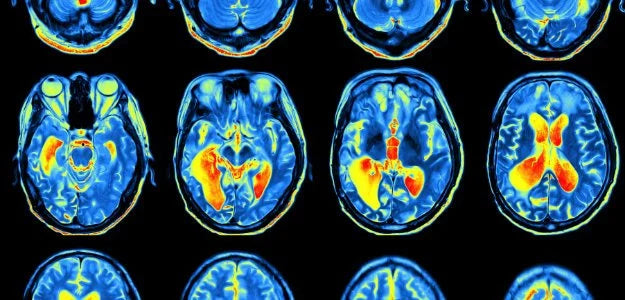
This Is Your Brain On Stories
If you want people to care about what you say, make it a story. It’s a biological certainty .
When you listen to a story, every part of your brain is activated. Your frontal lobe, the language center of the brain, processes what you’re hearing and turns noise into information. The temporal and occipital lobes, responsible for hearing and vision, respectively, light up in proportion to the specificity of sensory details, simulating what the story is describing. This brain activity, it turns out, is exactly what’s happening inside the mind of the storyteller as well.
This is what we mean when we say that stories “connect us.” It isn’t just a platitude–we’re literally sharing a brain state, also known as empathizing.
When we begin empathizing, a chemical called Oxytocin (the “feel good” chemical) is released, creating trust between us and whoever is speaking.
Get better at storytelling, and people will trust you more.
I would love to get a CT scan of all our students in the middle of our sessions–can you imagine what those brains might look like? Think fireworks on the fourth of July. Wild amounts of Oxytocin being generated, forming bonds between all of us: Amygdelas (our emotional epicenters) firing on all cylinders, our brains mimicking one another in a dazzling dance of neurological symmetry-
But I digress.
Your brain on stories leaves you more empathetic, trusting, and happy.
Go on. See for yourself.
